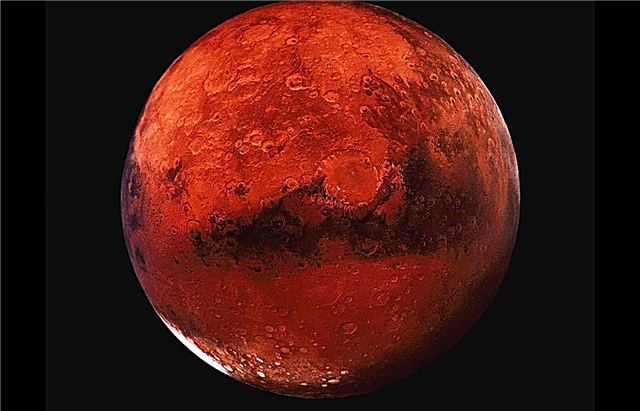
Surely every person has repeatedly heard about global warming, rising water levels in the oceans and other serious environmental problems. However, a logical question arises: if glaciers are the cause of this problem, then why a similar effect is not observed on a smaller scale? After all, if you melt the ice in a glass, the volume of water will remain the same.
Why is sea level rising?
Scientists from around the world have been closely monitoring this phenomenon since the mid-19th century. For example, over the 20th century, the water level rose by 17 cm, and this is a very significant indicator. Every year it increases by about 3 mm. The main reason is global warming. There are other factors, but they are less significant.
A steady increase in average temperature leads to thermal expansion of water and worldwide melting of ice. In the first case, the existing water increases in volume. In the second, the ocean is replenished with new water from glaciers.

Sea level rise carries a lot of negative consequences. First of all, island states will suffer - they will simply be flooded. If rich countries can afford to organize coastline protection, then poor countries cannot. Moreover, the protection will cost much less than the fight against the consequences of an already happened disaster.
Interesting fact: Icebergs are found in all sorts of sizes and shapes. In the past, they were part of a huge glacier, floating or partially in contact with the bottom. Over water, only 10% of the total iceberg is visible. The issue of transporting them to areas affected by drought is currently under discussion, as the iceberg is a large supply of fresh water.
It is worth noting that icebergs drift quite actively. For blocks of ice is not a problem to overcome a distance of several thousand kilometers. For example, an iceberg from Antarctica sailed to Rio de Janeiro, having traveled 5,000 km. And Arctic icebergs often sail to Bermuda, sailing 4000 km. The dimensions of the ice are also impressive. One of the largest icebergs in the world is the B15, with an area of 11,000 km² and weighing more than 3 million tons.
But the main question remains open: why in this case the water level rises, but not in a glass with ice? To understand this phenomenon, it is necessary to turn to the law of Archimedes.
Archimedes Law on Static Fluids
This law was invented by the ancient Greek mathematician and physicist Archimedes as far back as the 3rd century BC. Its essence is as follows: if a certain body is immersed in a liquid, then it will be affected by the lifting force, which corresponds to the weight of the volume of liquid displaced by this body.

The iceberg is that very body. The fact is that when glaciers melt, huge blocks of ice from the mainland descend into the water. Thus, the law of Archimedes acts - an iceberg is immersed in water and displaces it.Just due to this, there is an increase in water level, and not just as a result of melting.
This effect does not work with ice and a glass, because ice is not added, but remains in the same amount. If in this way melt the existing ice, and then add new cubes into a glass of water, then the water level will increase by analogy with an iceberg.
Interesting fact: approximately 100 thousand icebergs are located in the waters near Antarctica. The amount of fresh water they contain exceeds all lakes and rivers.
In honor of the discoverer, the lifting force is still called Archimedean. It directly depends on gravity, therefore, in the absence of gravity, the law ceases to act. Lifting power can even be calculated. There is a special formula for this. It is necessary to multiply three indicators: the density of the liquid, the acceleration of gravity and the volume of the part of the body that is inside the liquid.
In fact, the water level rises due to the fact that huge pieces of ice break off the glacier and plunge into the water - the melting process is not the main reason. In this case, the law of Archimedes. When ice is immersed in water, a lifting force acts on it, which corresponds to the weight of the volume of water displaced by it. The amount of ice in a glass is limited, so the water level does not change. But if you add new ice cubes to the water, then the law of Archimedes will take effect.











